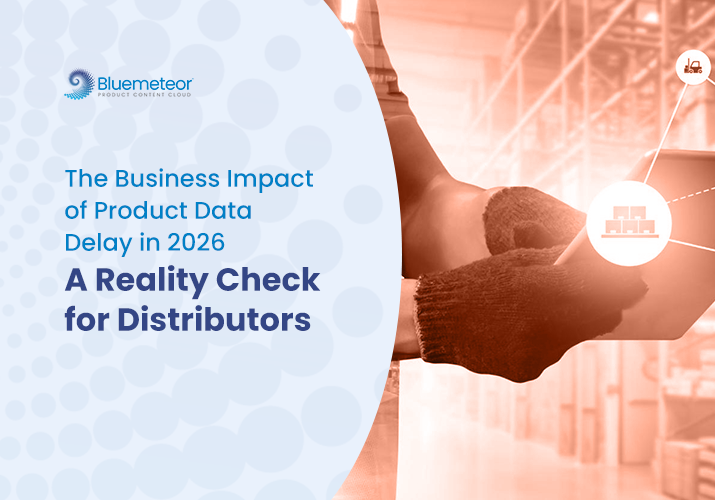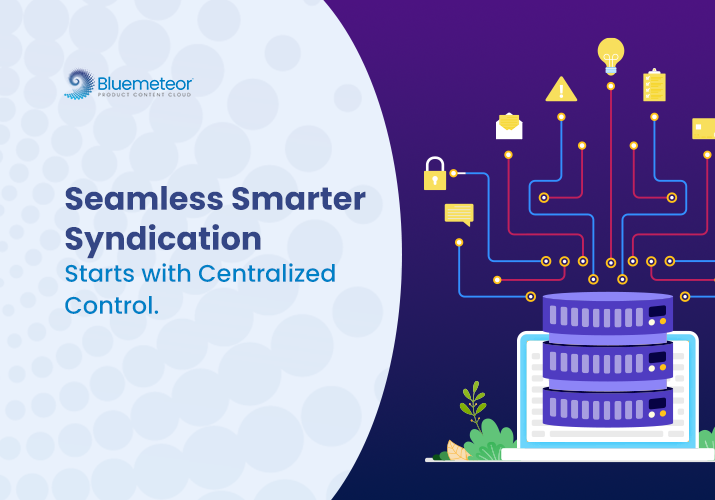Evolution of PIM to PXM

In today’s digital era, businesses face the growing challenge of delivering a personalized and seamless customer experience across multiple touchpoints. This need has driven the evolution of Product Information Management (PIM) systems into Product Experience Management (PXM). Understanding this shift is crucial for businesses looking to stay competitive in an ever-evolving marketplace.
What is PIM (Product Information Management)?
At its core, Product Information Management (PIM) is a system that helps businesses centralize, manage, and distribute product information across various sales channels. PIM systems serve as a single source of truth for product data, ensuring consistency and accuracy across all customer touchpoints—whether on websites, in catalogs, or within marketing materials.
For businesses, PIM acts as a critical component in managing vast product assortments, improving operational efficiency, and enhancing customer experience by providing accurate, rich, and detailed product information.
Why PIM Isn’t Enough Anymore
While PIM has been a game-changer in managing product data, it’s no longer sufficient in today’s digital landscape. Traditional PIM systems are often limited in their ability to deliver personalized and dynamic customer experiences.
Here’s why the shift from PIM to PXM is happening:
- Customer-Centric Expectations: Today’s consumers are increasingly expecting personalized, relevant, and engaging experiences at every stage of their purchasing journey. PIM alone cannot meet this demand because it focuses primarily on managing the data rather than how that data is experienced by the customer.
- Multichannel Demands: Modern commerce requires businesses to deliver consistent product information across a variety of channels—online marketplaces, websites, social media, and physical stores. PIM systems help streamline data distribution but fall short of optimizing how that data is presented on these channels.
- Content-Rich Experience: PIM mainly focuses on delivering structured, factual data—like size, weight, color, and price. However, today’s customers expect rich, engaging content that tells a story and enhances the overall product experience. PIM systems lack the depth and flexibility to deliver dynamic content, like videos, reviews, or tailored recommendations.
- Data-Driven Marketing: With the rise of e-commerce and digital marketing, businesses now need to tailor product content not only to be informative but also to be persuasive. A PIM system doesn’t inherently provide tools to manage these customer-facing interactions on a granular level.
What is PXM (Product Experience Management)?
PXM builds upon the foundations of PIM but takes it a step further by focusing on delivering a unified, personalized, and immersive product experience. PXM is about ensuring that product information is not just accurate but also tailored and contextualized for different audience segments, channels, and customer needs.
While PIM handles the “what” of product information—descriptions, specifications, pricing—PXM addresses the “how” by managing the experience and presentation of that data. This includes factors like:
- Dynamic content (videos, images, interactive elements)
- Personalized product recommendations based on customer behavior
- Contextualization of product information to suit specific channels (e.g., mobile-friendly content or visually rich e-commerce pages)
Why PXM is Essential for Business Today
The shift from PIM to PXM is driven by the need to provide a consistent, personalized experience across all touchpoints. But what does this evolution mean for businesses? Here’s why it’s so important:
- Enhanced Customer Experience: PXM ensures that customers receive the right information in the right context, increasing the likelihood of conversion. A personalized experience builds trust, engagement, and ultimately, loyalty.
- Boosted Conversion Rates: By offering more than just static product data, businesses can showcase a product’s value proposition through rich media, storytelling, and personalization. This helps customers make informed purchasing decisions, which leads to higher conversion rates.
- Improved Brand Consistency: PXM enables businesses to maintain consistent brand messaging and presentation across all sales channels. Whether a customer shops on a website, in an app, or in a store, they should receive the same high-quality experience, which drives brand recognition and trust.
- Scalable Personalization: As the volume of customer data grows, businesses need systems that can dynamically respond to individual preferences and behaviors. PXM allows for automated, personalized content delivery that scales with the business and its customers.
- Competitive Advantage: In a crowded marketplace, providing a differentiated product experience is essential. With PXM, businesses can stand out by offering a richer, more engaging experience that enhances customer satisfaction and drives loyalty.
How to Transition from PIM to PXM
The transition from PIM to PXM is not just a technical upgrade but a shift in how businesses approach product management and customer engagement. Here are steps businesses can take to make this transition effectively:
- Evaluate Your Current PIM System: Before transitioning, assess your current PIM system. Does it support integration with other platforms, like CRM, e-commerce, or marketing tools? Can it manage rich media or personalized content? Understanding where your current system falls short will help identify the areas that need upgrading.
- Invest in PXM Tools: A PXM solution builds on top of your PIM system, but it brings additional capabilities for managing dynamic content, personalization, and omnichannel experiences. Select a PXM platform that integrates well with your existing systems and provides the tools necessary for enhanced product experiences.
- Centralize Data: Just as PIM centralizes product information, PXM systems also rely on centralizing product experience data—like images, reviews, videos, and descriptions—across all channels. Streamlining these assets allows for greater flexibility in content delivery and personalization.
- Personalize Content: PXM systems should offer tools to personalize product experiences based on customer preferences, behaviors, or location. This involves leveraging customer data to deliver tailored recommendations and content that resonate with each individual.
- Leverage AI and Automation: AI-driven recommendations, automated content management, and real-time customer insights are crucial components of a PXM strategy. AI can help analyze customer behavior and optimize product presentation across touchpoints, improving the overall experience.
- Monitor and Optimize: Once the system is in place, continuously monitor the performance of the product experiences. Track metrics like customer engagement, conversion rates, and satisfaction to refine your approach and maximize the impact of your PXM strategy.
Conclusion
The evolution from PIM to PXM reflects a deeper understanding of how product data is used in the digital age. Businesses today need more than just accurate product information—they need to create engaging, personalized, and immersive product experiences that resonate with their customers. By making the shift to PXM, businesses can not only improve operational efficiency but also provide a competitive edge by delivering exceptional customer experiences. In an increasingly crowded and fast-paced digital marketplace, this evolution is not just optional—it’s essential.
For businesses looking to streamline this transition, Bluemeteor’s Product Content Cloud offers a powerful solution. With its comprehensive PXM platform, BlueMeteor helps businesses centralize, manage, and deliver rich, personalized product content across all channels.
To see how Bluemeteor’s Product Content Cloud can revolutionize your product experience management, request a demo today and start creating engaging, customer-centric experiences with ease.




